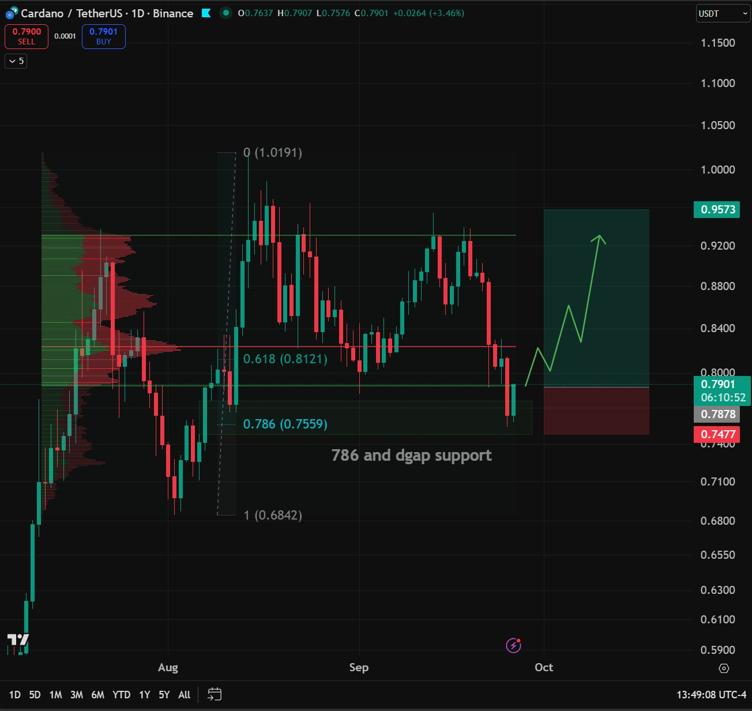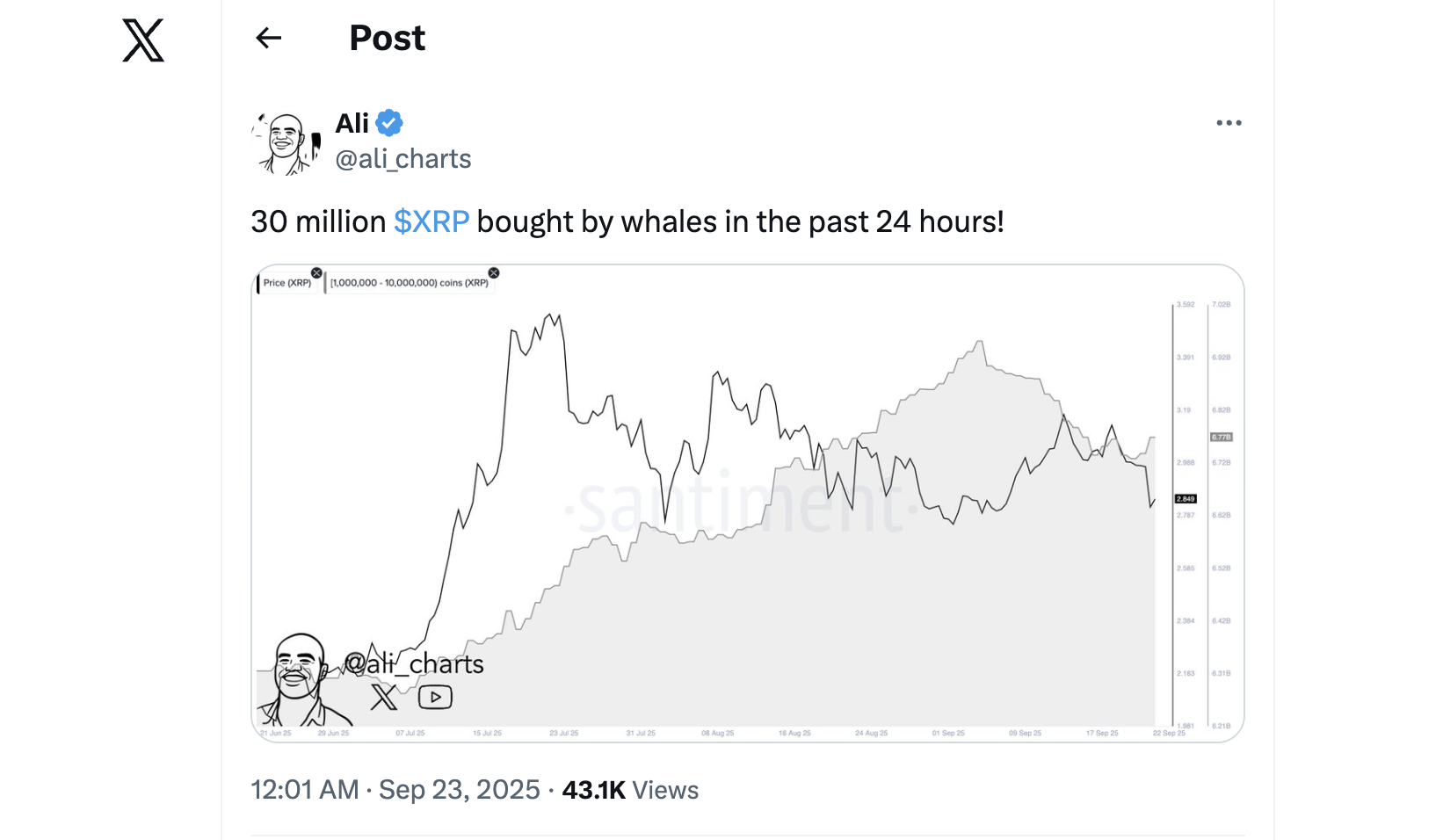The Strategic Engine of Web3 Gaming’s Monetization and Engagement
The evolution of Web3 gaming in 2025 has been marked by a seismic shift in how user engagement and monetization are structured. At the heart of this transformation lies the rise of blockchain-based leaderboards, which are redefining competitive play, asset ownership, and economic incentives. These leaderboards, built on decentralized infrastructure, offer a unique blend of transparency, security, and programmable rewards that align with the core principles of Web3. For investors, understanding their strategic value is critical to navigating this rapidly expanding market.
The Mechanics of Engagement: Competition, Transparency, and Incentives
Blockchain-based leaderboards are not merely tools for ranking players; they are dynamic ecosystems that drive sustained participation. By recording achievements on-chain, these systems eliminate trust issues inherent in centralized platforms, ensuring tamper-proof rankings. For instance, Exiled Racers, a Polkadot-based racing game, leverages leaderboards to distribute LightLink tokens and NFTs to top performers in weekly tournaments. This model incentivizes repeated play while fostering a sense of community and exclusivity [2].
The integration of AI further amplifies engagement. Games like Parallel Colony and Nifty Island use AI-driven non-player characters (NPCs) and adaptive challenges to create evolving gameplay experiences. These innovations ensure that leaderboards remain competitive and relevant, even as player strategies adapt [6]. The result is a self-reinforcing cycle: higher engagement leads to increased on-chain activity, which in turn drives network effects and liquidity.
Monetization: From Speculation to Sustainable Ecosystems
The monetization potential of blockchain-based leaderboards is rooted in tokenomics and NFT-driven economies. Players earn tokens or NFTs as rewards, which can be traded, staked, or used for in-game utilities. For example, SERAPH: In The Darkness introduced “Proof of Gamer” (POG) NFTs, which grant staking privileges and access to exclusive content. Such mechanisms create dual revenue streams for developers: direct sales of NFTs and recurring income from staking fees or transaction royalties [1].
The Play-to-Earn (P2E) model has also evolved into a more sustainable “Play-and-Earn” framework. Unlike speculative P2E models that prioritized short-term gains, today’s systems emphasize long-term value creation. Games like Axie Infinity and Illuvium reward players with tokens (AXS, SLP) and NFTs that retain utility beyond initial acquisition. This shift is reflected in market data: the P2E NFT games market is projected to grow from $5.4 billion in 2025 to $20.19 billion by 2033, driven by a 64% engagement rate in NFT games [4].
Decentralized Autonomous Organizations (DAOs) further enhance monetization by enabling community governance. Players can vote on revenue distribution models, game updates, and even profit-sharing structures, aligning incentives between developers and users [2]. This democratization of economic control not only boosts retention but also creates loyal user bases that actively contribute to the game’s ecosystem.
Challenges and Opportunities: Navigating the Road Ahead
Despite their promise, blockchain-based leaderboards face hurdles. Onboarding remains a significant barrier, with 53.9% of industry experts citing poor user experience as a key challenge [6]. Simplifying wallet management, reducing gas fees, and introducing gasless transactions are critical to mainstream adoption. Additionally, token volatility and market saturation pose risks to monetization models, requiring robust tokenomics that balance inflationary pressures with utility.
However, the industry is innovating rapidly. Scalable blockchains like Polygon and SKALE are addressing performance bottlenecks, while cross-chain interoperability is enabling seamless asset transfers between games. The rise of AI-driven dApps also presents opportunities for hybrid models, where AI enhances gameplay while blockchain ensures asset ownership [6].
Strategic Implications for Investors
For investors, blockchain-based leaderboards represent a confluence of technological innovation and economic potential. The Web3 gaming market, valued at $85 billion in 2025, is projected to grow at a 30% CAGR through 2030, driven by Asia-Pacific’s 47% market share and mobile-first adoption [5]. Key metrics to monitor include UAW growth, token liquidity, and the integration of AI and AR/VR technologies.
Investment should prioritize platforms that combine strong tokenomics with user-centric design. Projects like Immutable and WAX, which facilitate scalable NFT marketplaces, are well-positioned to benefit from the rising demand for in-game asset ownership [3]. Similarly, games that leverage DAOs for governance and revenue sharing are likely to outperform in retention and community loyalty.
Conclusion
Blockchain-based leaderboards are more than a feature—they are a strategic lever for growth in Web3 gaming. By merging gamification, decentralization, and token economics, they create ecosystems where engagement and monetization are inherently aligned. For investors, the challenge lies in identifying projects that balance innovation with sustainability, ensuring that the next phase of Web3 gaming delivers both user value and financial returns.
Source:
[1] Web3 Gaming in January 2025 Sees Strong Growth [https://gam3s.gg/news/web3-gaming-january-2025/][2] The best Web3 games to play in 2025 [https://polkadot.com/blog/best-web3-games-2025/][3] Top 25 Blockchain Gaming Companies in 2025 [https://www.solulab.com/top-blockchain-based-gaming-companies/][4] Play-to-Earn NFT Games Market Trends & Share 2033 [https://www.globalgrowthinsights.com/market-reports/play-to-earn-nft-games-market-102851][5] Web3 Gaming Market | Size, Share, Growth | 2025 – 2030 [https://virtuemarketresearch.com/news/web3-gaming-market][6] Industry Experts Discuss Challenges In Blockchain Gaming [https://beincrypto.com/industry-experts-discuss-blockchain-gaming-in-2025/]
Source link
Written by : Editorial team of BIPNs
Main team of content of bipns.com. Any type of content should be approved by us.
Share this article:










